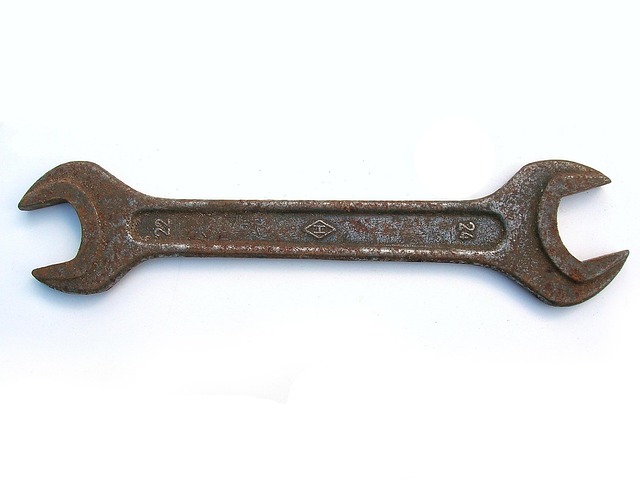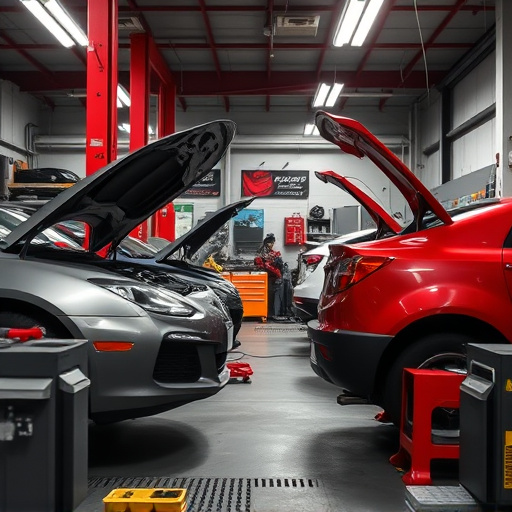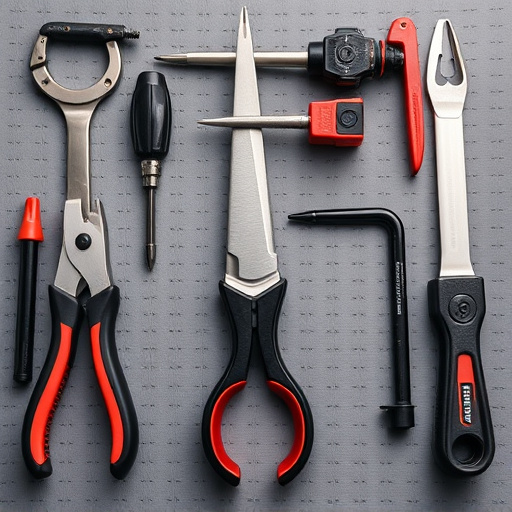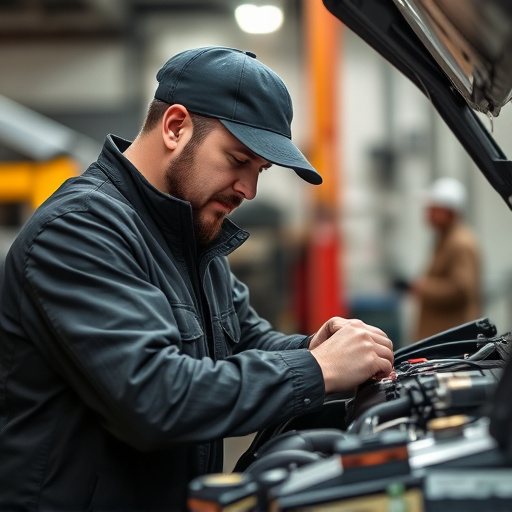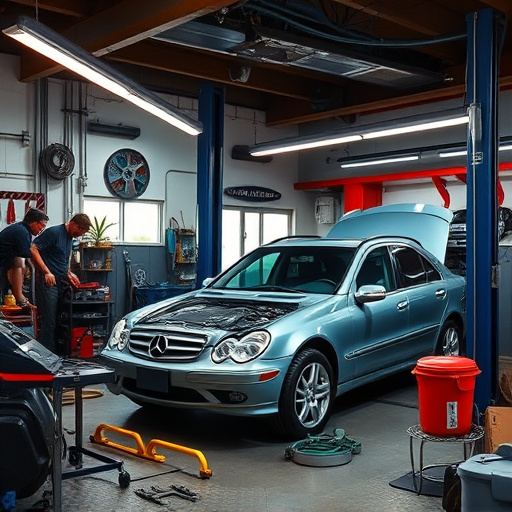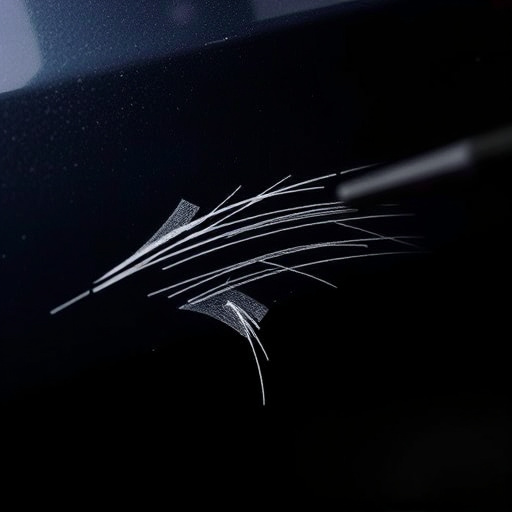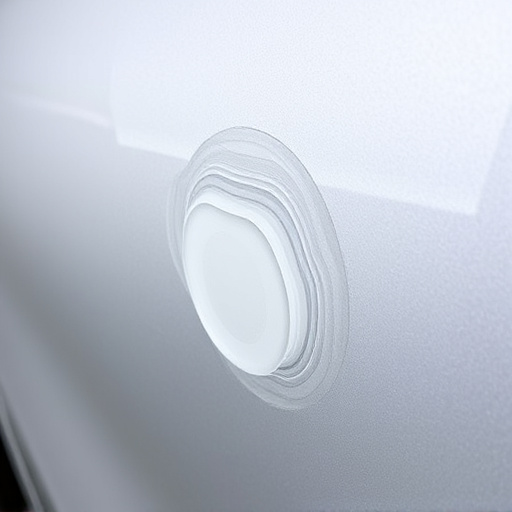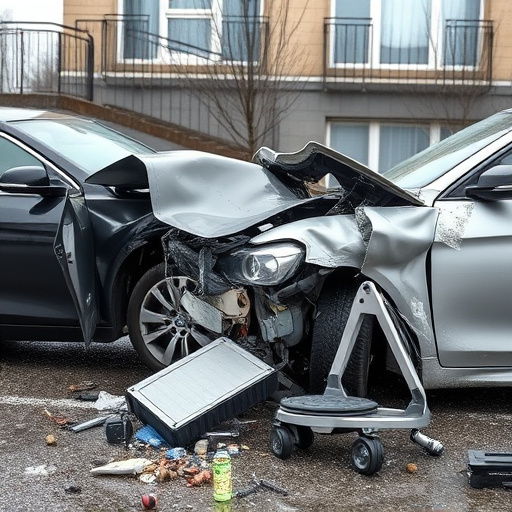After a collision, a thorough brake system inspection is vital for road safety. Mechanics check pads, rotors, fluid levels, master cylinder function, and lines for damage or wear, ensuring optimal performance and preventing future accidents. If any issues are found, auto body repair services can offer expert insights on replacements or repairs to restore the brake system's peak condition.
After a vehicle collision, a thorough brake system inspection is crucial for ensuring safety on the road. This checklist guides you through assessing critical components, from visual inspections of brakes and calipers to checking wear on pads and rotors. It outlines functional testing methods, including road simulations and emergency braking scenarios. Learn about essential maintenance steps post-collision, such as part replacements, fluid changes, and professional alignment, to restore optimal brake performance and prevent future issues.
- Assessing Brake System Components
- – Visual inspection of brakes and calipers
- – Checking for wear and damage to brake pads and rotors
Assessing Brake System Components
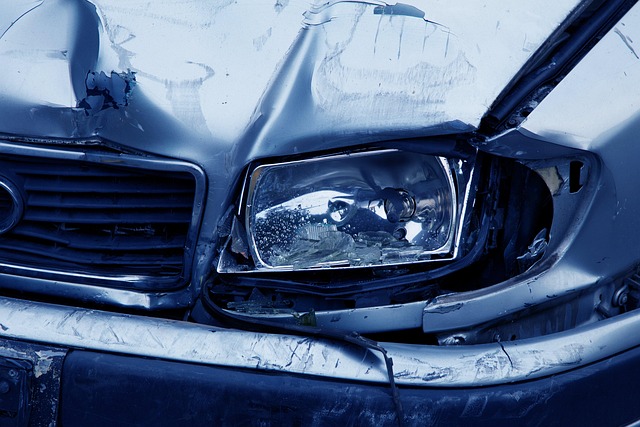
After a collision, assessing the brake system is a crucial step in any safety inspection. During a thorough brake system inspection, mechanics and trained professionals will evaluate several components to ensure their functionality and integrity. This includes examining the brakes’ ability to stop the vehicle effectively and safely. The initial check-up often involves visually inspecting the brake pads for signs of wear, tear, or damage, as well as verifying the condition of the rotors.
Additionally, the inspection delves into other critical elements such as the brake fluid levels (essential for optimal performance), master cylinder operation (ensuring hydraulic pressure is transmitted correctly), and the overall condition of lines and hoses (which can suffer damage during a collision). These components are integral to the vehicle’s collision repair process, playing a vital role in preventing further accidents and ensuring safe driving conditions. Proficient auto body work and vehicle repair services should be sought if any discrepancies or damages are discovered during this assessment.
– Visual inspection of brakes and calipers

After a collision, conducting a thorough brake system inspection is paramount to ensure safety on the road. Start with a visual examination of the brakes and calipers for any signs of damage or deformation. Look for dents, scratches, or unusual wear patterns that could indicate compromised structural integrity. In some cases, a paintless dent repair might be an option to restore the caliper’s aesthetic appeal without affecting its functionality.
Focus on checking the pads, rotors, and brake fluid levels as well. Collisions can cause pads to wear unevenly or become contaminated with debris. Inspect the rotors for warping or cracks, which could affect braking performance. Keep in mind that a vehicle body shop or collision center professional can provide detailed insights if any parts require replacement or repair, ensuring your brake system operates at peak condition post-accident.
– Checking for wear and damage to brake pads and rotors

After a collision, it’s crucial to perform a thorough brake system inspection. The first step is checking for any signs of wear and damage to the brake pads and rotors. Scrutinize them for warping, corrosion, or excessive thinning, which could indicate they need replacing. Pads that are too thin may not provide adequate braking power, while damaged rotors can cause pulsation in the pedal and reduced braking efficiency.
During this evaluation, also look for any leaks in the brake fluid system, as well as worn or damaged brake calipers, pistons, and pads. If you’re unsure about any aspect of the inspection, it’s best to consult a professional at a reputable vehicle body shop or auto collision center. They offer comprehensive auto repair services that can ensure your brake system is safe and reliable post-collision.
After a vehicle collision, conducting a thorough brake system inspection is paramount. Assessing components like calipers, pads, and rotors for signs of wear or damage can help ensure safe and effective braking. Regular maintenance and prompt attention to any issues are key in extending the life of your brake system and maintaining optimal driving conditions.
